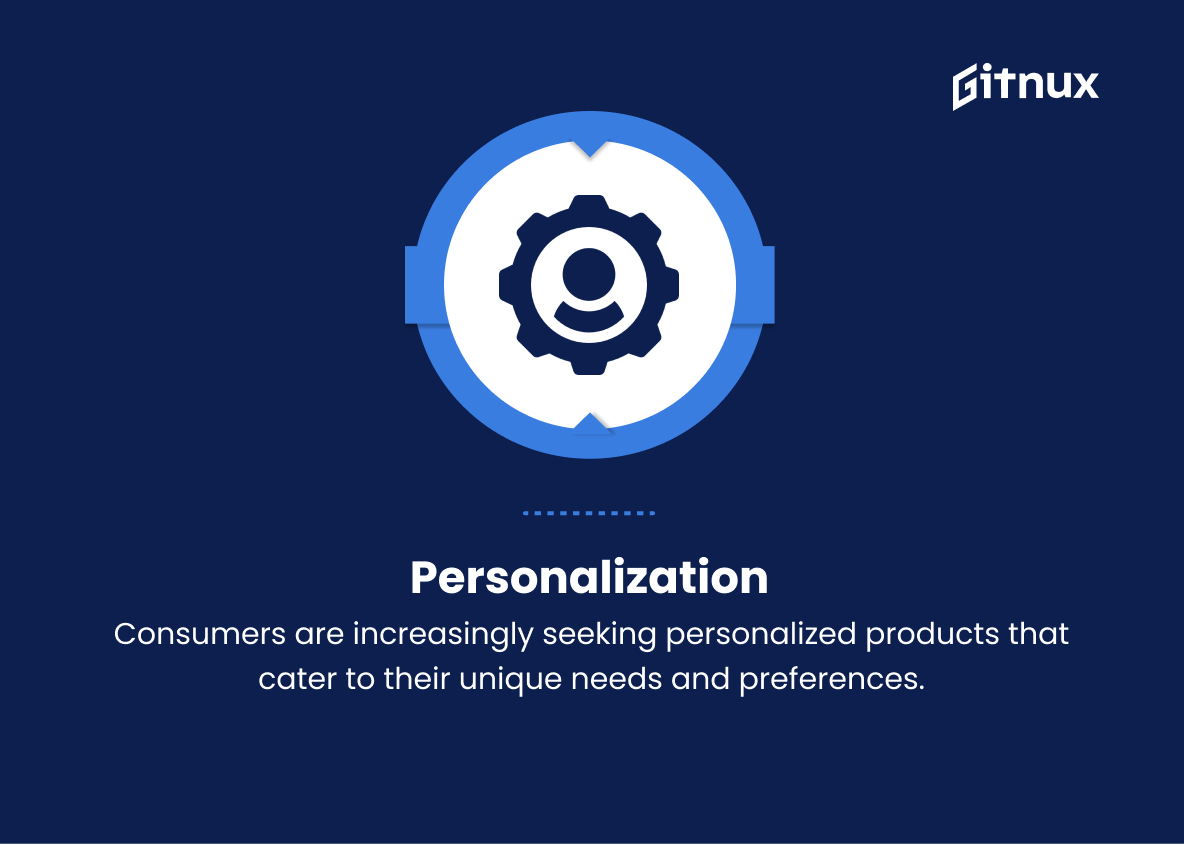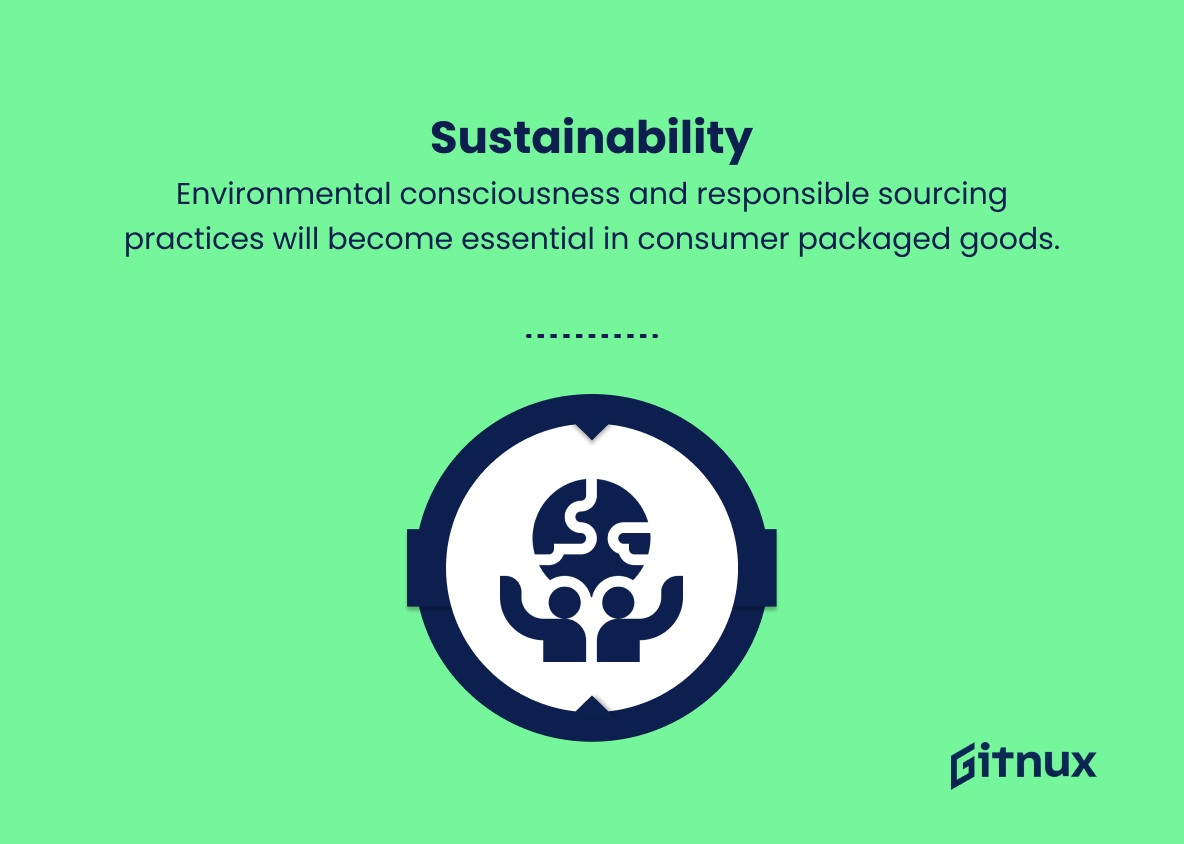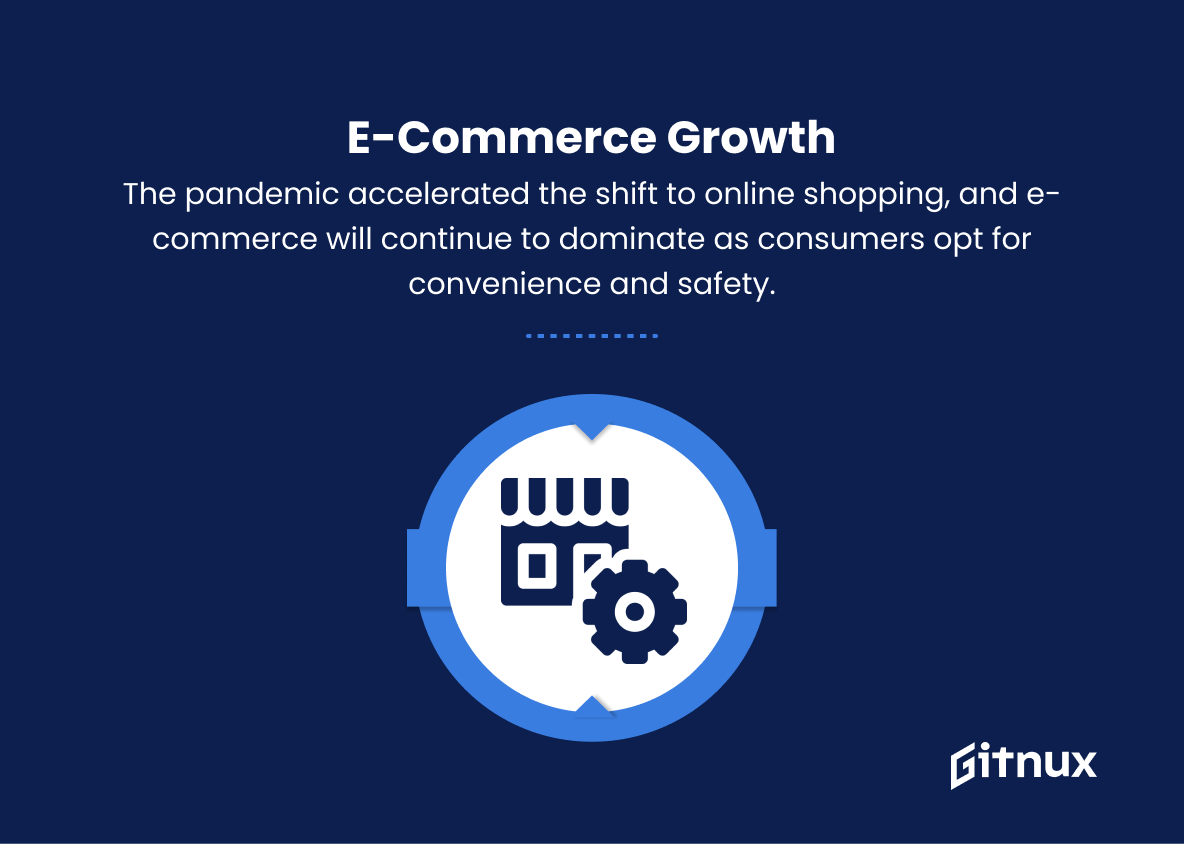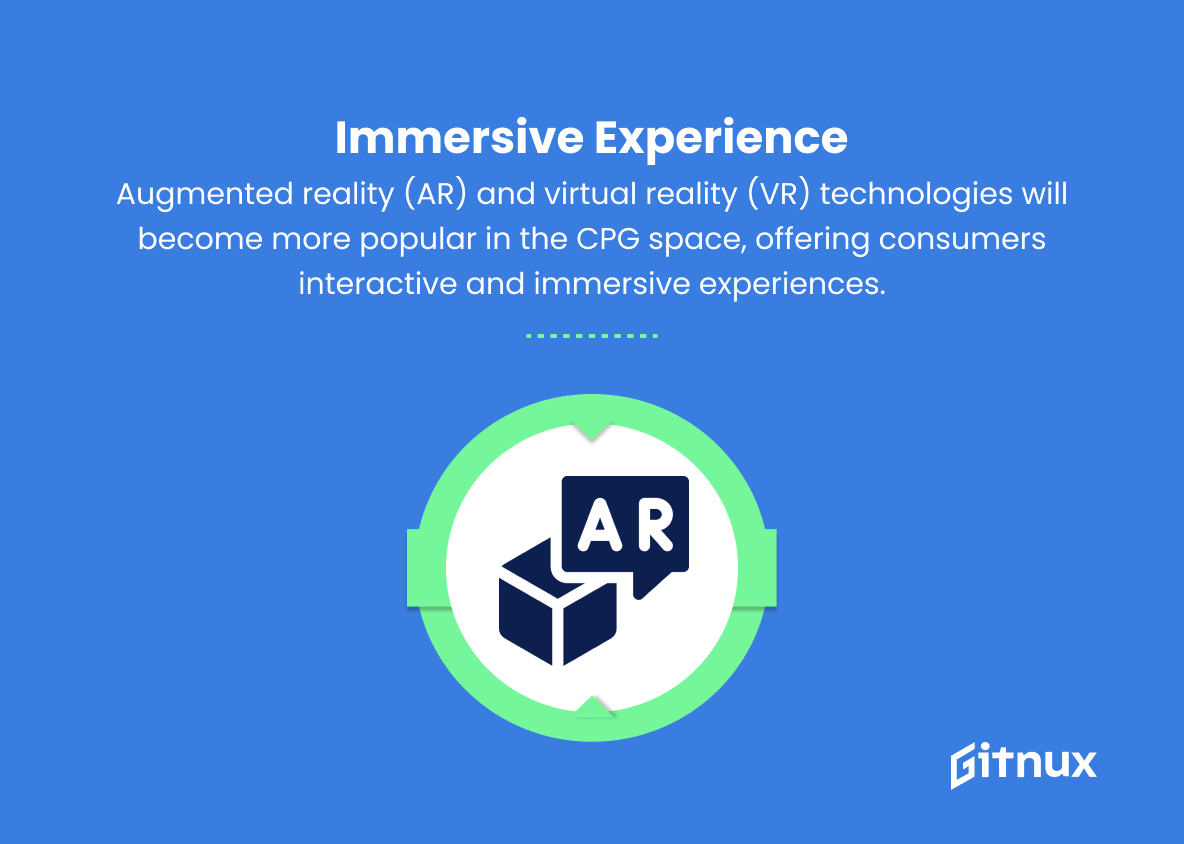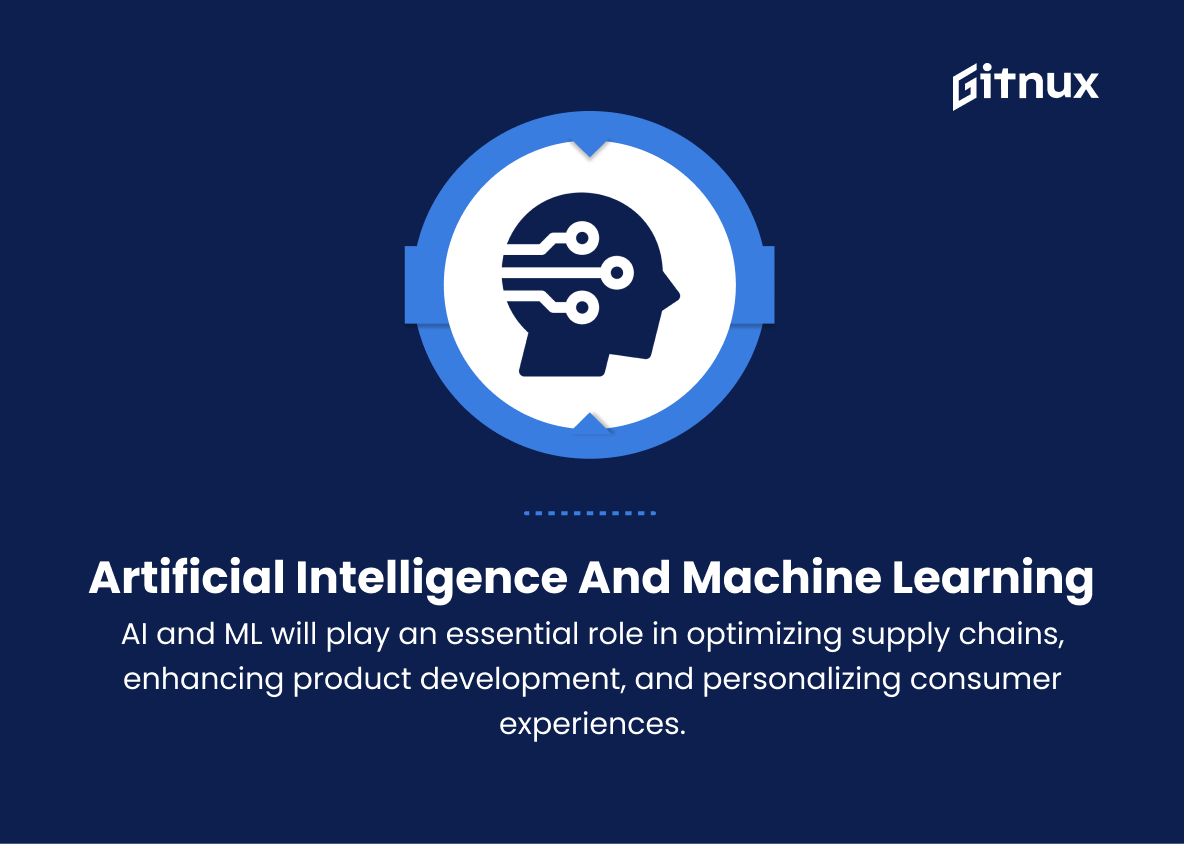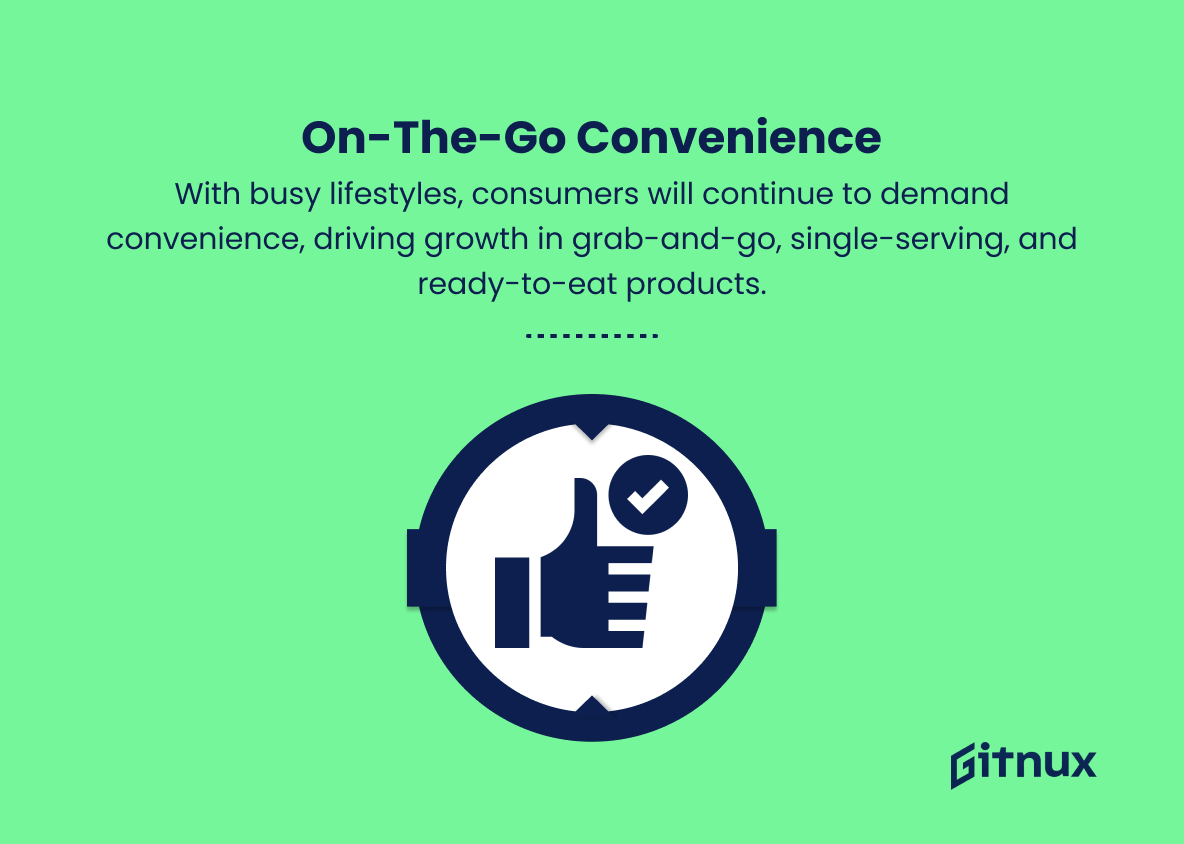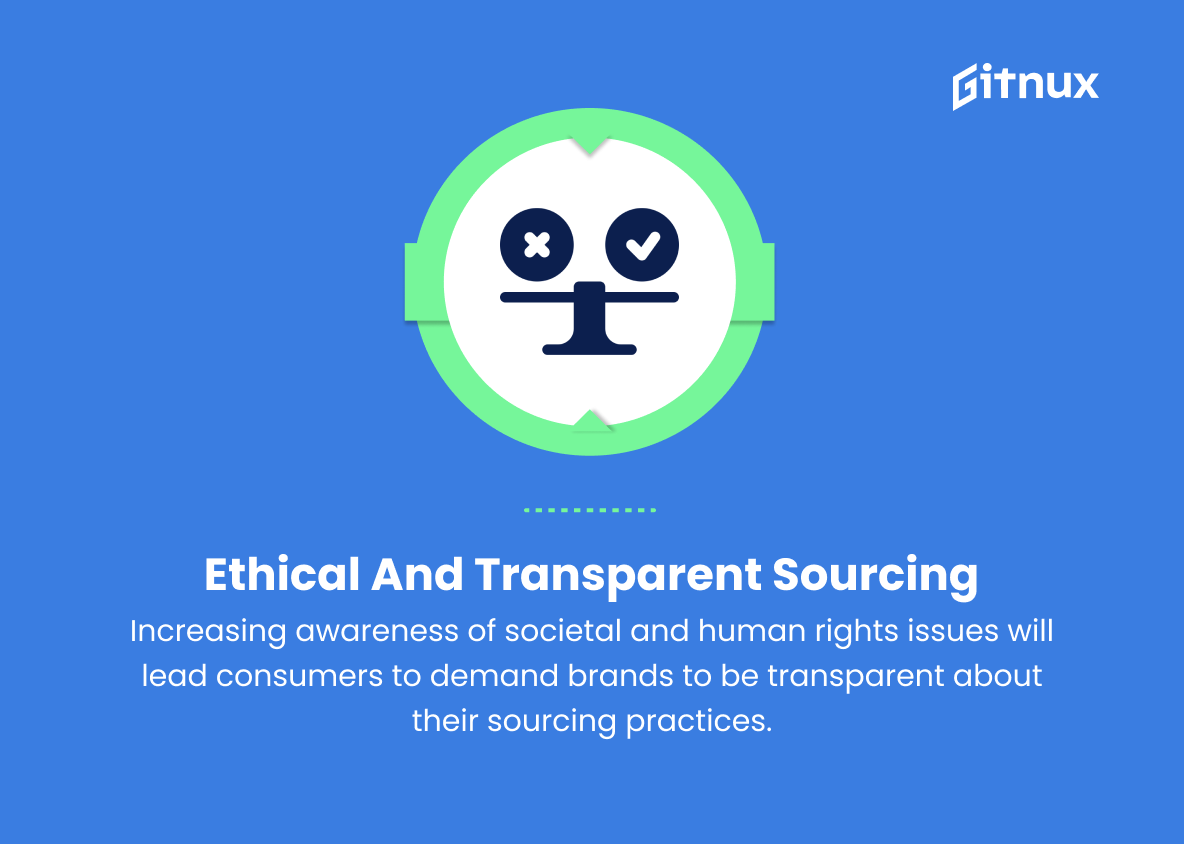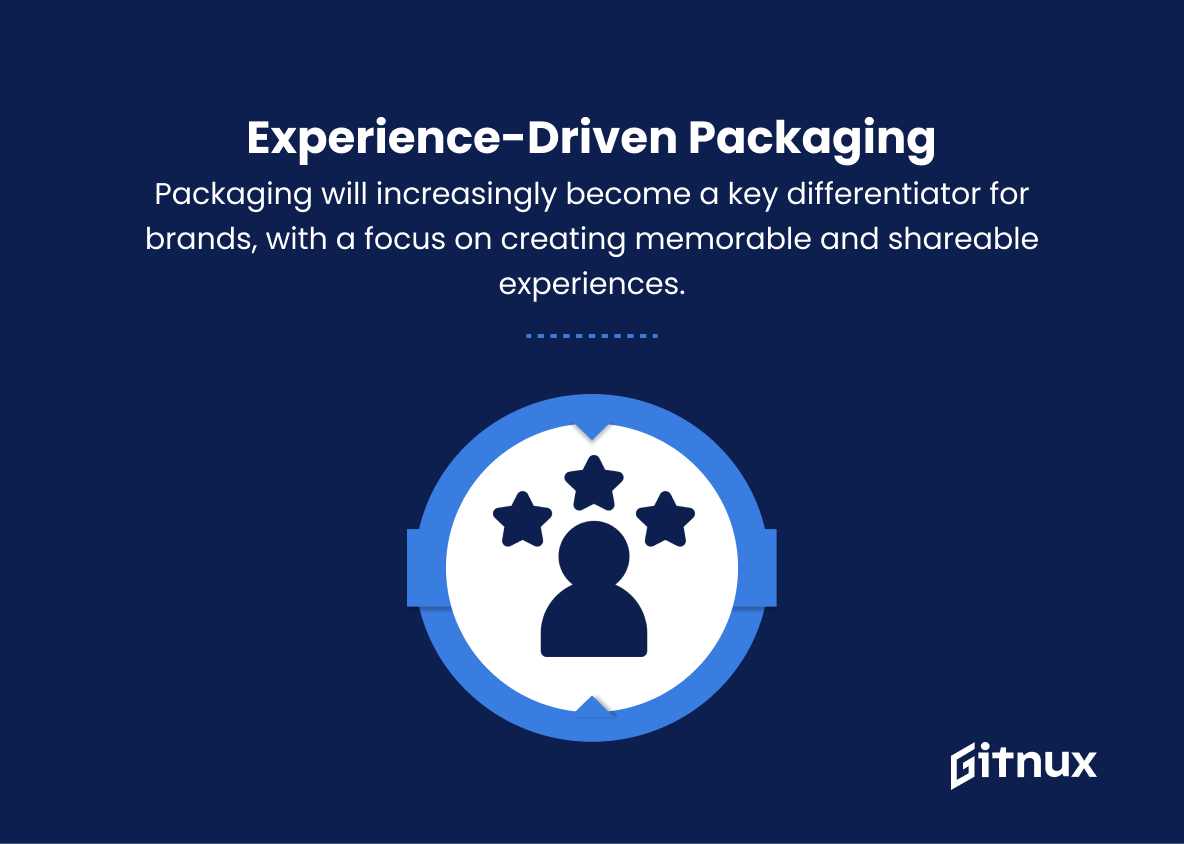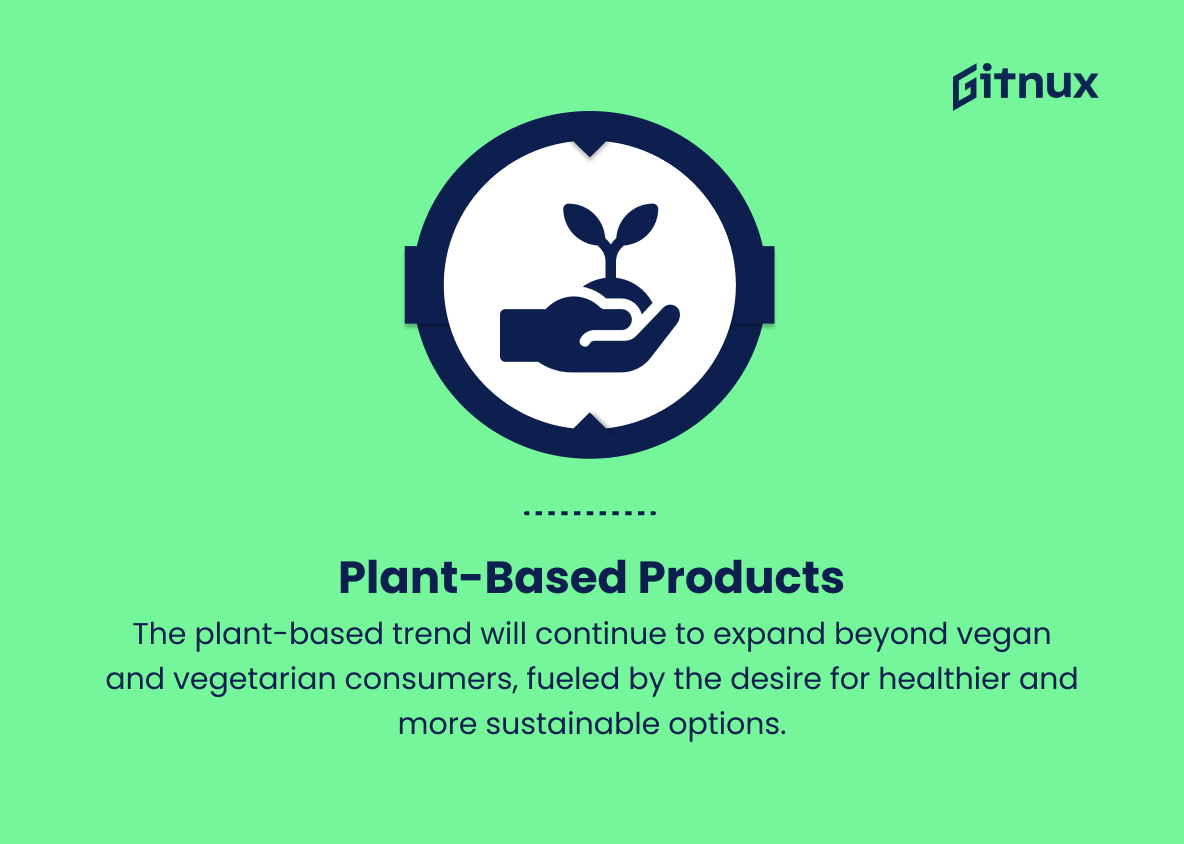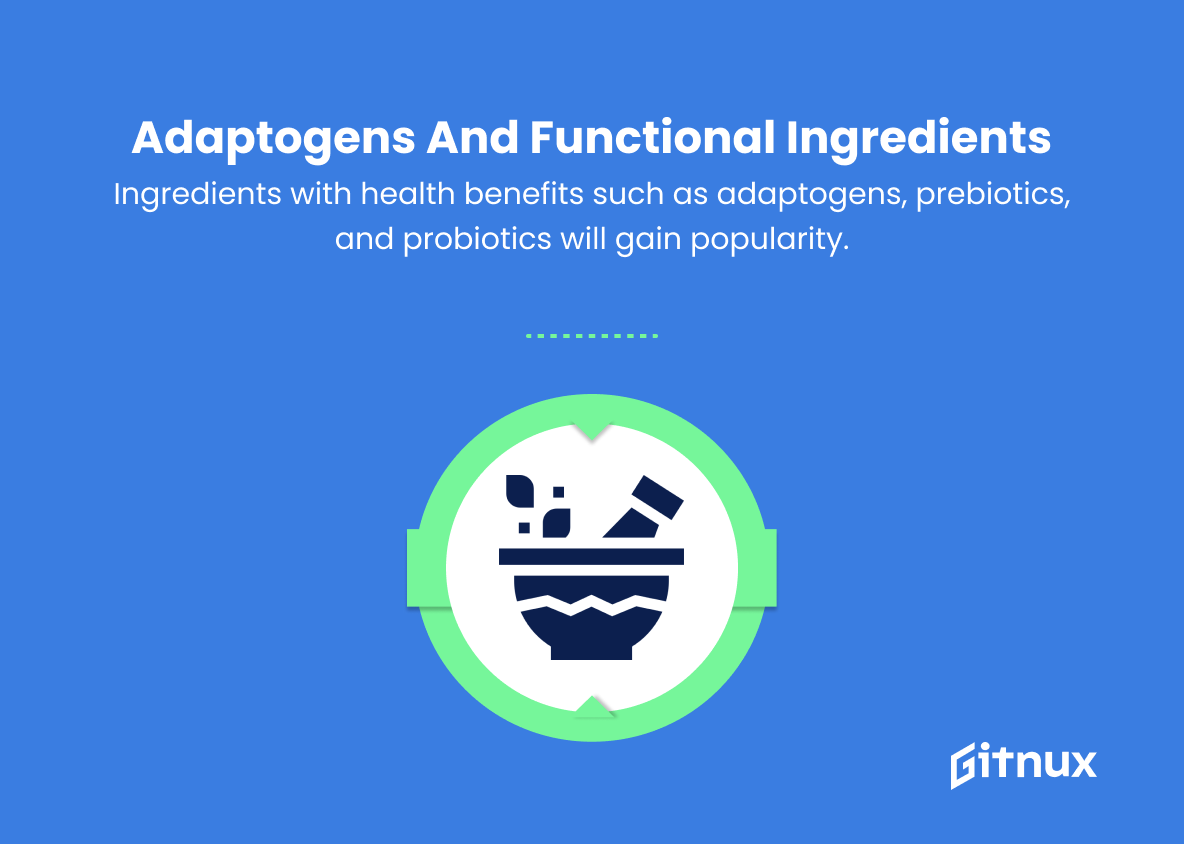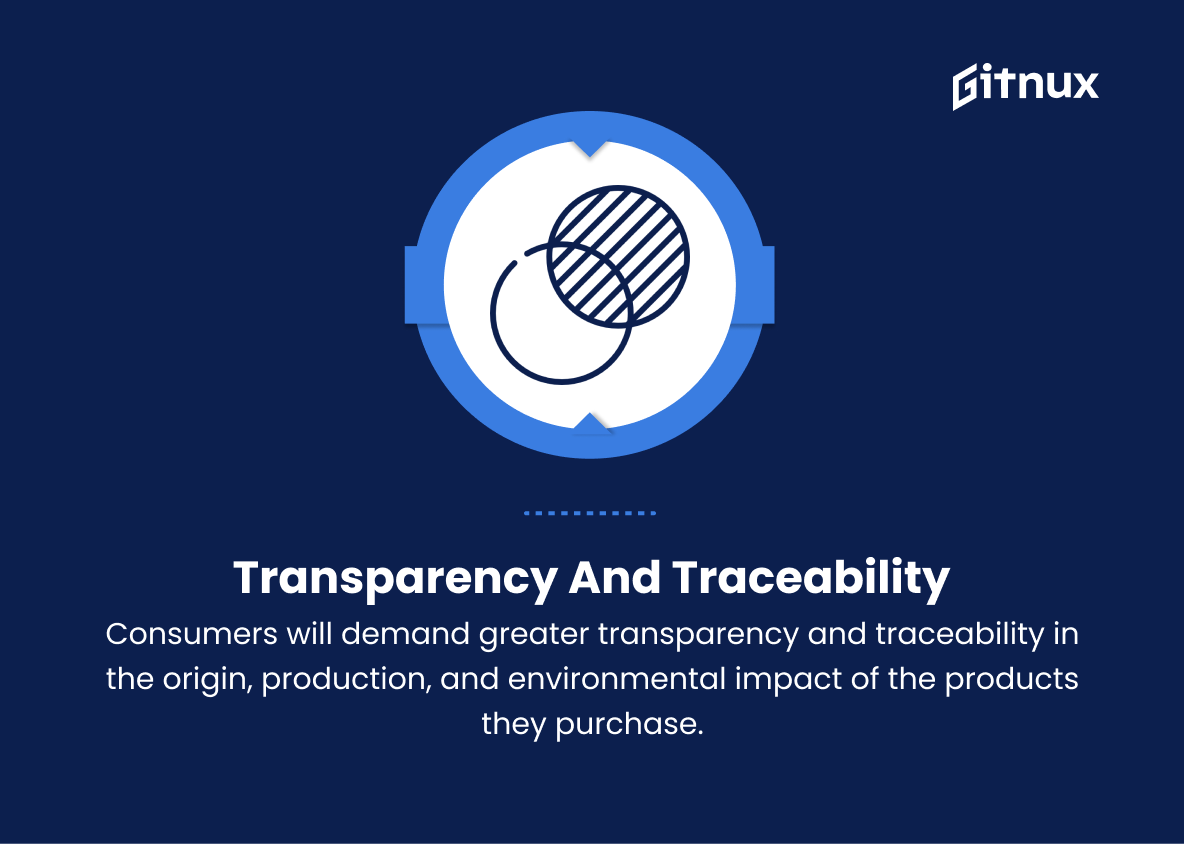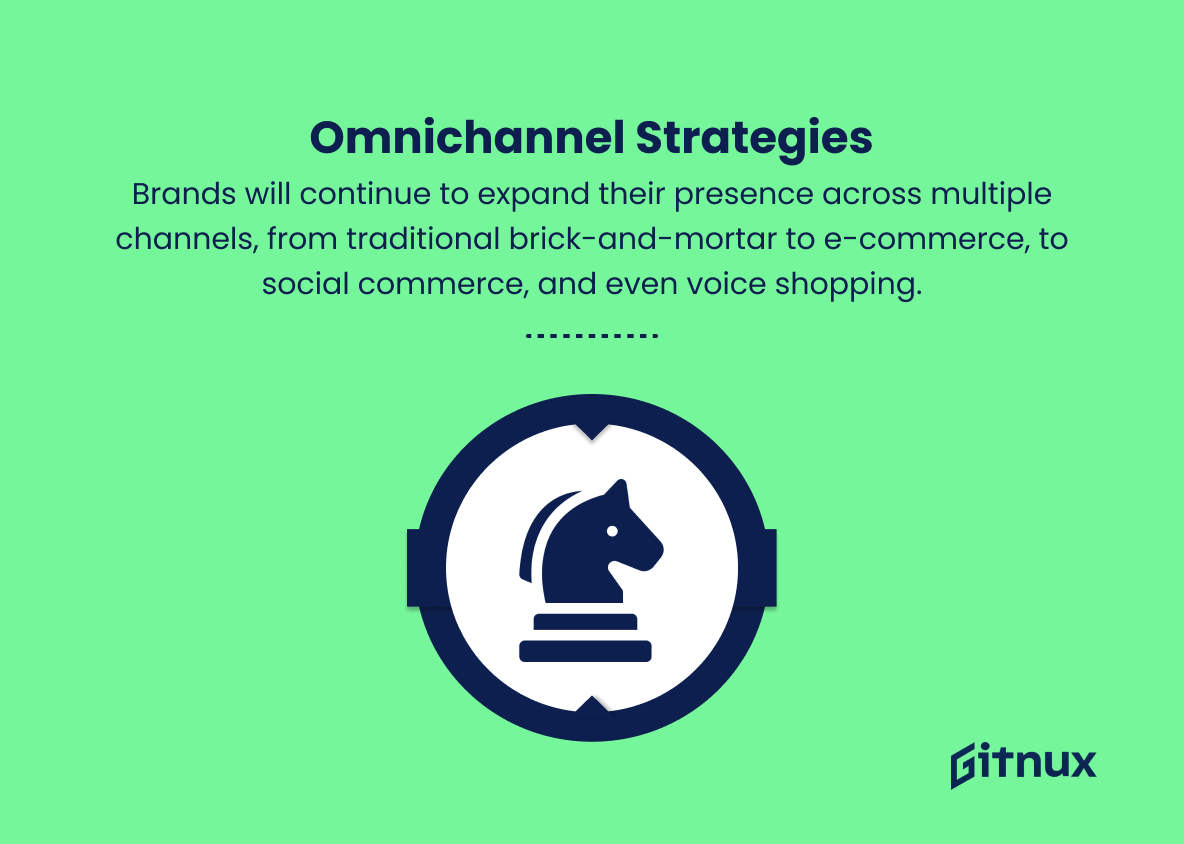In today’s rapidly evolving global marketplace, consumer packaged goods (CPG) companies continue to face an array of challenges and opportunities. To remain competitive and satisfy ever-changing consumer demands, it is crucial to stay informed on the latest trends shaping the CPG industry.
In this insightful blog post, we will explore the most significant emerging patterns and dynamics at play, including technological advancements, sustainability initiatives, and shifting consumer preferences. By understanding these developments, CPG companies can seek innovative strategies that propel them towards sustained growth and success in an increasingly competitive market landscape. So, brace yourself as we delve into the exciting world of Consumer Packaged Goods Trends and unlock the secrets to staying ahead of the curve.
Top Consumer Packaged Goods Trends
1. Personalization
Consumers are increasingly seeking personalized products that cater to their unique needs and preferences. Brands will invest in technologies like artificial intelligence and data analytics to create personalized offerings and experiences for their customers.
2. Sustainability
Environmental consciousness and responsible sourcing practices will become essential in consumer packaged goods. Brands will increasingly use eco-friendly packaging, biodegradable materials, and invest in sustainable supply chains to minimize their carbon footprint.
3. Health and Wellness
Health-conscious consumers demand products that promote well-being, with a focus on natural, organic, and clean-label products. Expect to see an increase in demand for non-GMO, gluten-free, and plant-based options across all product categories.
4. E-commerce Growth
The pandemic accelerated the shift to online shopping, and e-commerce will continue to dominate as consumers opt for convenience and safety. Brands will need to optimize their online presence, enhance user experiences, and invest in efficient delivery systems.
5. Direct-to-consumer (D2C) models
There will be a growth in direct-to-consumer models, as brands establish deeper connections with their customers and bypass traditional retail channels. Expect more subscription-based services, personalized offerings, and innovative customer engagement strategies.
6. Immersive Experience
Augmented reality (AR) and virtual reality (VR) technologies will become more popular in the CPG space, offering consumers interactive and immersive experiences. Brands will use these technologies for virtual product tours, product demonstrations, and promotion.
7. Artificial Intelligence and Machine Learning
AI and ML will play an essential role in optimizing supply chains, enhancing product development, and personalizing consumer experiences. Expect companies to leverage advanced analytics and automation to improve efficiency and reduce costs.
8. On-the-go Convenience
With busy lifestyles, consumers will continue to demand convenience, driving growth in grab-and-go, single-serving, and ready-to-eat products.
9. Ethical and Transparent Sourcing
Increasing awareness of societal and human rights issues will lead consumers to demand brands to be transparent about their sourcing practices and prioritize ethical and fair-trade practices in their supply chains.
10. Experience-driven Packaging
Packaging will increasingly become a key differentiator for brands, with a focus on creating memorable and shareable experiences for consumers. Innovative packaging designs, new formats, and smart technologies will help brands connect with consumers and drive engagement.
11. Plant-based products
The plant-based trend will continue to expand beyond vegan and vegetarian consumers, fueled by the desire for healthier and more sustainable options. Expect more plant-based innovations in snack foods, meat substitutes, and dairy alternatives.
12. Adaptogens and Functional Ingredients
Ingredients with health benefits such as adaptogens, prebiotics, and probiotics will gain popularity. Consumers will seek out products that incorporate these functional ingredients to provide added health value.
13. Transparency and Traceability
Consumers will demand greater transparency and traceability in the origin, production, and environmental impact of the products they purchase. Brands will need to offer more information on their sourcing, manufacturing, and sustainability practices to earn consumer trust.
14. Omnichannel Strategies
Brands will continue to expand their presence across multiple channels, from traditional brick-and-mortar to e-commerce, to social commerce, and even voice shopping. Embracing an omnichannel approach will help brands stay connected with their customers at every touchpoint along the customer journey.
15. Collaboration and Partnerships
Strategic collaborations and partnerships between CPG brands and retailers, or even cross-industry collaborations, can lead to innovative products, unique marketing campaigns, and greater consumer reach. Expect more co-branding, limited edition products, and influencer collaborations in the future.
Implications
The future of Consumer Packaged Goods (CPG) will be defined by an increasing focus on personalization, sustainability, health and wellness, and technological innovation. Brands will invest in artificial intelligence, machine learning, and data analytics to provide personalized products and experiences tailored to individual preferences. Eco-friendly practices and environmentally responsible sourcing will become essential, as consumers demand transparency in supply chains and ethical, fair-trade practices. With the rise of e-commerce and direct-to-consumer models, brands must optimize their online presence, invest in efficient delivery systems, and create immersive experiences through augmented reality and virtual reality.
As health-consciousness grows, consumers will seek natural, organic, and clean-label options, increasing demand for non-GMO, gluten-free, and plant-based products. Adaptogens and functional ingredients will gain popularity, with consumers looking for additional health benefits. Convenience will also drive growth in on-the-go and single-serving products. Innovative packaging and smart technologies will be key in creating memorable and shareable experiences, while brands will need to offer more information on their sourcing, manufacturing, and sustainability practices to earn consumer trust.
The continued expansion of omnichannel strategies will enable brands to stay connected with their customers at every touchpoint, while strategic collaborations and partnerships will lead to innovative products, unique marketing campaigns, and greater consumer reach. The future of the CPG industry will be marked by an increased emphasis on meeting consumer demands for personalization and sustainability while leveraging emerging technologies to stay ahead in the competitive landscape.
Conclusion
In summary, the Consumer Packaged Goods (CPG) industry is continually evolving to meet the demands of consumers and adapt to the ever-changing market landscape. The trends discussed in this blog post, such as the growth of e-commerce, the focus on sustainability, the impact of data analytics, and the increasing demand for personalization, all contribute to shaping the future of the CPG sector.
As a result, companies must stay informed about these trends, innovate their products and strategies, and remain agile to thrive in this competitive market. By embracing these shifts, organizations can better anticipate and meet consumers’ needs while driving sustainable growth for years to come.
